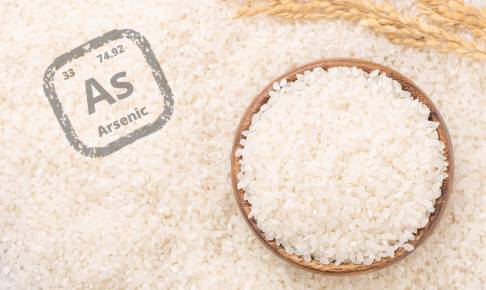New report identifies best strategies to detect toxic metals in food
PreScouter published a new report that analyzes different strategies to detect toxic metals in food and beverages. This research follows the recent congressional US report that has brought the problem of significant levels of heavy metals (e.g. arsenic, lead, mercury, and cadmium) in baby food products into prominence. This report raises concerns about baby food safety, and PreScouter wanted to point the way to solve the problem.
The PreScouter report is focused on outline the best strategies for quick detection and reduction of levels of heavy metals, especially considering new technologies and practices in heavy metal detection, bioremediation, and decontamination that rely on recent advances in artificial intelligence (AI), leveraging microbiota, microfluidics, and nanoparticles to mitigate the risk of toxic metal contamination.
Co-author Tanmay Chavan said that: “The widespread prevalence of toxic metals in baby foods is now known, and our report outlines ways in which companies can potentially work toward eliminating toxic metals from their products.”
In Europe the situation is better: a report published in January 2021 by EFSA on the dietary exposure to inorganic arsenic said that the most exposed groups (toddlers and young children) were still inside the limits imposed by the EU. Many national health authorities, like the Italian Istituto Superiore di Sanità (ISS), report that nowadays the situation is good.
Sources:
https://www.prescouter.com/inquiry/toxic-metal-detection-in-food-beverages-rapid-testing-strategies/






















